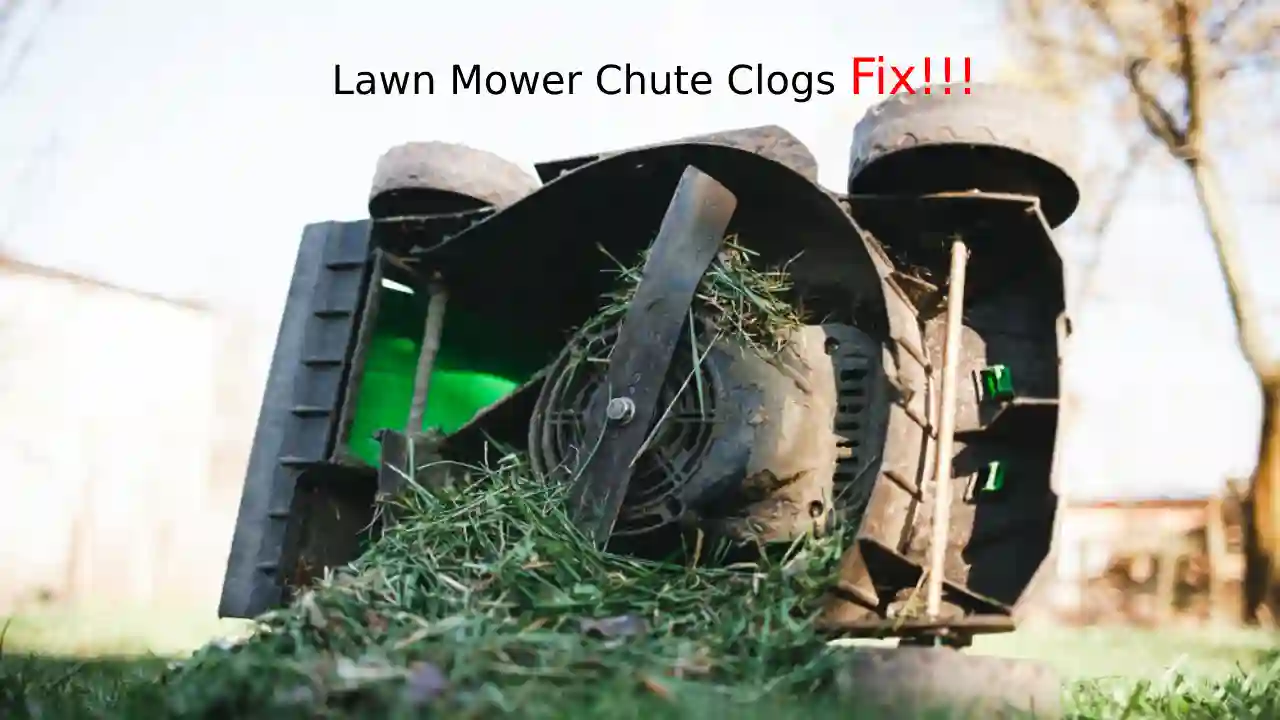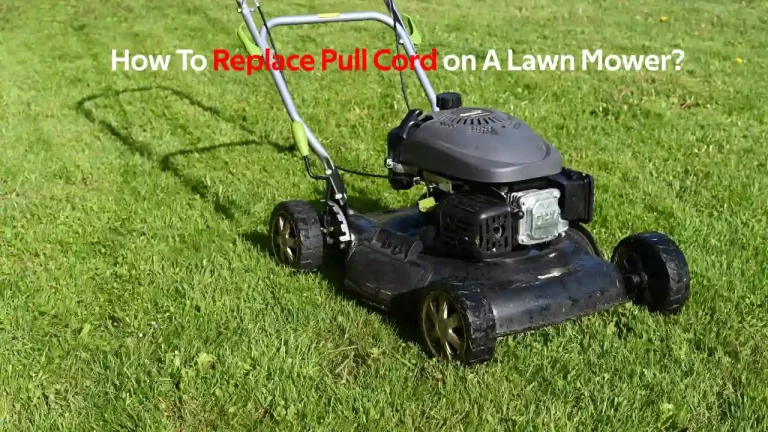Unless you take a lot of pride in keeping your garden or yard neat, you probably don’t exactly enjoy mowing your lawn. However, whether you love it or despise it, there is one issue that no one wants when mowing their lawn, and that is a clogged mower chute.
A clogged mower chute can make a mess and be tricky to deal with, so it is best to get it sorted out as soon as possible and permanently if possible.
Fixing a clogged mower chute is as easy as switching off the mower and removing the clogged grass from the pipe and catcher. Additionally, you can help prevent your chute clogging by ensuring that you do not cut wet grass, your blade is sharp, and you’re not trying to cut too much length at once.
Though fixing a clogged lawnmower chute is easy, it is still an added step in keeping your lawn neat that no one wants to need to do.
For this reason, there are a plethora of tips you can find online or from gardeners or garden-keeping enthusiasts.
Below you will discover how to de-clog your lawnmower’s chute, why it clogs regularly, and how to prevent clogging.
How To Clear A Clogged Lawnmower Chute?
Clearing a clogged lawnmower chute isn’t tricky, but if you have a new lawnmower or haven’t needed to mow the lawn before, you might be able to use some tips if this happens to you.
Before preventing this from happening again, it is essential to ensure that your lawnmower is clear and working correctly.
Below is an easy-to-follow list of steps to help you clear your lawnmower chute right.
Clearing A Walk Behind Lawnmower Chute
- Ensure that the lawnmower is off – It is first essential to ensure that the lawnmower you want to clean is off and disconnected from power if it is electric. If you want to be extra safe, you can disconnect the spark plug for a gas mower.
- Disconnect the grass-catching attachment – Before continuing, it is essential to disconnect the grass catcher from the rest of the mower.
- Lay the lawnmower on its side – Next, you need to lay the lawnmower on its side to give you easy access to the bottom of the mower.
- Use a hose to clean the bottom – With easy access to the bottom of the lawnmower, use a high-pressure hose to wash off any grass or grass particles from the bottom of the lawnmower.
- Clean the grass catcher – After cleaning the rest of the lawnmower, you can clean the catching attachment with a stiff brush and some soapy water.
- Let the mower dry and reassemble – After cleaning all the different parts of the lawnmower, you can let it dry and reassemble it for further use.
Clearing A Riding Lawnmower Chute
- Clean the bottom of the mower – For riding lawn mowers, there is usually an area where you can connect a hose. Once the hose is connected, let the blades spin at full power to distribute the water and clean the bottom.
- Disconnect the chutes and catcher – Once the bottom of your riding lawn mower is clean, you can disconnect the tubes, disassemble the pieces, and disconnect the grass-catching attachments.
- Clean the cutes and catcher – With the chute disconnected and disassembled, you can clean them. You can wash both the chutes and catcher attachment with a hose or some soapy water and a stiff brush.
- Let the parts dry and reassemble – Once everything is clean, let all the pieces dry before reassembling. Once everything is dry and reassembled, you can continue to use your riding lawnmower.
How To Prevent Lawnmower Chutes From Clogging?
Now that the lawnmower is clean and clog-free, it’s time to discuss how to prevent your lawnmower’s chute from clogging again.
Though not all of these tips will work, many get passed down from one to another, and a lot of this information is good to know if you apply it to your mowing process.
Don’t Cut Wet Grass
The first and most likely reason your lawnmower chutes might be getting clogged is because of wet grass.
Because grass is relatively light, when the grass is moist, it can stick to surfaces such as the chute walls or the entrance to your catcher.
To prevent grass from clogging your lawn mower’s chute, ensure the mower itself is dry, and the same for the grass.
It is best not to trim the lawn directly after rain or after watering, as this is more likely to cause the grass to stick and cause a clog.
Don’t Do A Rush Job
Another reason why your lawnmower might have clogged shoots is because you are cutting too much grass per pass.
The more grass you cut, the heavier the load gets, and that means that the airflow could become too weak to push the grass into the catcher and cause a clogged lawnmower chute.
You should never cut the grass with more than one inch per pass to be safe. This length means that you should go over the same grass area a couple of times if the grass is very long, but it will help prevent a clogged chute.
Make Sure The Blades Are Sharp
When working correctly and in good shape, Lawnmower blades serve two separate functions on a lawnmower.
The first function is to cut the grass evenly and accurately.
The second function is to push, direct, or blow the cut grass down the chute and into the grass catcher attachment.
For this reason, if your blades are dull or otherwise damaged, there is a high likelihood of your chute clogging.
This possibility elevates because the grass does not flow through the chute to the grass-catching attachment, causing a pile of grass to gather in the pipe until none can flow through.
Keeping your lawnmower blade in good shape is essential to prevent chute clogs.
Clean Your Grass Catcher Or Grass Bag
If you are using a grass catcher or grass bag, a certain amount of air flows through the bag or catcher. The air pushed into the catcher while carrying grass needs to escape through a vent or small holes in the bag.
If grass blocks the vent, the air has no place to go, making it harder for the airflow to carry the grass through, causing the chute to become blocked.
It would be best to keep your grass bag or catcher clean to ensure that the chute will not clog due to inadequate airflow.
Conclusion
There are many reasons why your lawnmower could have clogged chutes. Luckily, most solutions and preventative measures are easy to do and maintain.
If you want to get the best experience from your lawnmower, I recommend keeping your lawnmower clean, the blades sharp, and never cutting wet grass or cutting too much on a single pass.


![Which Way To Tilt A Lawn Mower? [Don’t Do This]](https://howtl.com/wp-content/uploads/2022/04/which-way-to-tilt-lawn-mower-768x432.webp)




